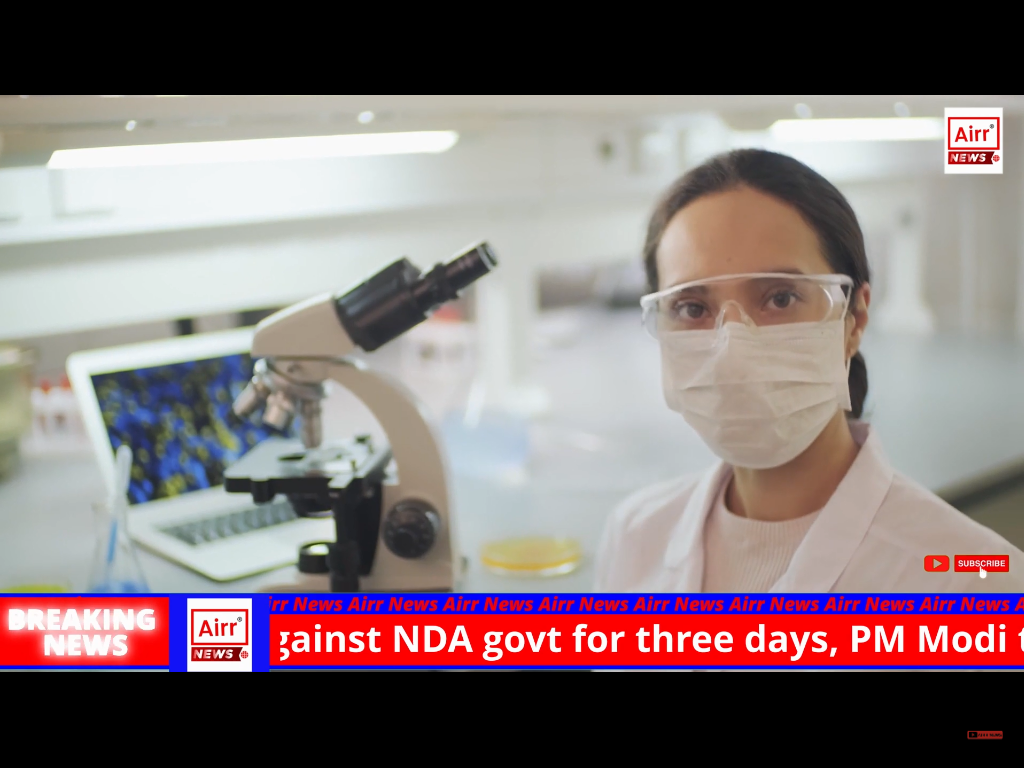The Side Effects of Photodynamic Therapy in Cancer Treatment
From CAR T-cell therapy to immunotherapy to DNA Origami, there has been unprecedented development in the field of cancer research in the past decade. In this episode, we will explore the side effects of using Photodynamic Therapy (PDT).
Please find the link to the previous episode, explaining how PDT works and its benefits.
Before moving further, please like the video and subscribe to our channel for more such content. Push the bell icon to receive updates every time we upload a video.
While treating cancer using PDT comes with an array of benefits, it does have some side effects.
We have previously explored what PDT is and how it is applied. However, here is a summary.
PDT, or Photodynamic Therapy, uses light-activated drugs to cancerous cells. It is extremely targeted and cost-effective. PDT is a two-step process. In the first session, the drug is applied to the skin, and after an intervening gap of 24 to 72 hours; a special light source is exposed to the skin. Upon exposure to the light, the drugs are released, healing the cancer.
While there are no long-term side effects, there are some drawbacks of PDT. One of the major concerns of using PDT is the exposure to light. Although the treatment is extremely targeted, the lights do not penetrate the skin more than 1 centimeter.
An article published on the National Cancer Institute mentions the following:
“The light used in photodynamic therapy can’t pass through more than about 1/3-inch of tissue, or 1 centimeter. So, photodynamic therapy can only be used to treat tumors that are on or just under the skin or on the lining of internal organs or cavities.”
The following are some side effects of PDT:
Shortness of breath
Cough
Skin rashes
Swelling and itching on the skin
Trouble swallowing
Furthermore, porfimer sodium, a type of photosensitizer, creates eye sensitivity. The patients are advised to avoid bright light and exposure to direct sunlight for six weeks.
While it is true that there are a few side effects of PDT, they are not life-threatening, nor are they long-term. Researchers are encouraged by the results of PDT and are working to take treatment to the next level.
The National Cancer Institute article mentions:
“Researchers are also developing a new type of PDT called photoimmunotherapy, or PIT. In this treatment, a photosensitizer is combined with an immune protein that delivers the photosynthesizer to cancer cells. When light is applied, the photosynthesizer kills the cancer cells. This process also causes an immune response inside the tumor that can cause more cancer cells to die…”
How did you find this information? Please mention this in the comments section. We would also like to know the kind of content you want to watch, and we will try to create it for you. For more news and updates, follow Airr News.
#PhotodynamicTherapy #PDT #CancerTherapy #CancerSurvivor #FightingCancer #CancerousCells #NewDrugsForCancer #NewCancerTherapies #HowToSurviveCancer #CancerTherapySideEffects #LightActivatedDrugs #LED #cancerousCells #AirrNews #NewsInEnglish #BenefitsOfPDT #SideEffectsOfPhotodynamiTherapy

